What are the effects of synthetic cathinones?
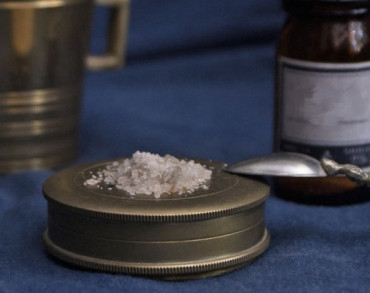

Many types of drugs often sold as MDMA are actually synthetic cathinones. Let’s get up to speed.
Synthetic cathinones (also known as bath salts, flakka, meow meow, research chemicals) generally refer to a large group of new psychoactive substances that come as a pill, capsule or whitish powder or crystal. They are generally stimulants, and there is often little evidence about the long-term effects.
It’s safest not to use synthetic cathinones at all – they are unpredictable, dangerous drugs, and should be avoided.
In 2020, we issued a notification for the cathinone N-Ethylheptedrone, detected in New Zealand for the first time. Other types of cathinones found here in recent years include Alpha PVP, N-Ethylpentylone, MDPV, Eutylone and Methylone.
These have been implicated in a number of hospitalisations around the country, most notably in Christchurch in 2018. There has also been at least one fatal incident linked to cathinones in New Zealand, and over 100 in Europe.
Stay safer by staying informed. Sign up to receive alerts and notifications about any dangerous drugs in NZ. Check out the alerts page to see what we've already found.
What effects do synthetic cathinones have on the body?
Synthetic cathinones are often described as less euphoric, and “speedier”, than the drugs they’re meant to mimic. While the short-term and long-term effects are still unknown, the physical and psychological effects are like other stimulants. This can include:
- Increased energy and alertness
- High blood pressure, rapid heart rate
- Elevated mood, sociability
- Inability for the body to regulate temperature
- Anxiety
- Paranoia
- Appetite suppression
- Compulsive redosing
- Loss of consciousness
If they are used, it should be done with a great deal of caution.
When MDMA isn't MDMA
What makes synthetic cathinones so risky?
One big worry with these types of substances is that they’re often sold as MDMA (as a pill, capsule or powder) or even cocaine, which greatly increases the chances of overdose. The video from the the NZ Drug Foundation provides some useful advice on this.
It's especially risky because synthetic cathinones are active in a low dose – for some, this can be as low as 10mg which is a tenth of MDMA. So, if someone takes synthetic cathinones in an MDMA-sized dose, it can have fatal consequences. That’s why KnowYourStuffNZ advises always getting substances checked before taking them. Read more about what that's important here.
Also, sometimes the effects of the drug take longer to kick in (over two hours), meaning that people can take more before they’re aware of the effects, and end up overdoing it. This can lead to unpleasant effects.
While no drug use is the safest drug use, some steps can be taken to help reduce the risks.
- Get substances checked – a drug checking service can provide more detailed information about the contents of your drugs, or reagent tests can help indicate whether your substance contains what you were expecting.
- Low doses are safer, and it’s best to avoid re-dosing to lower the risk of overdose.
- Avoid mixing drugs – the combined effects can be unpredictable and increase risk.
- Have a plan – as with all drug use, it’s better to have people around that you trust and who have knowledge of first aid.
- Call 111 in an emergency - this includes if someone is unconscious, stops breathing, has a seizure, is extremely agitated for longer than 15 minutes, or has chest pain or breathing difficulties for longer than 5 minutes.
If you have any concerns about your own drinking or drug taking, get in touch with the Alcohol Drug Helpline on 0800 787 797, or text 8681. You’ll be able to speak with a trained counsellor who can provide you with helpful information, insight and support. They’re available 24/7, all calls are free and confidential. You can also chat to the team through their website.
Latest Articles
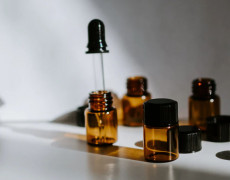
15 Apr 2024
Thinking of using GBL/GHB?

12 Apr 2024
Ketamine and bladder damage – know the risks
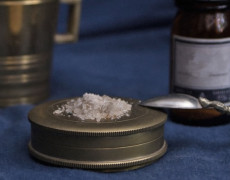
8 Mar 2024
Synthetic cathinones explained
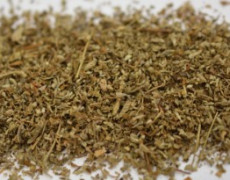
22 Feb 2024
What’s happening with synthetic cannabinoids?
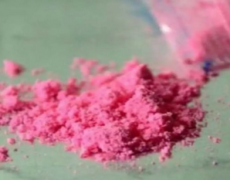
31 Jan 2024
What is tuci?
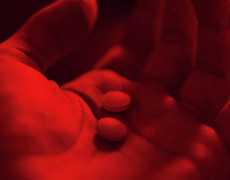
19 Jan 2024
Answering some common questions about MDMA
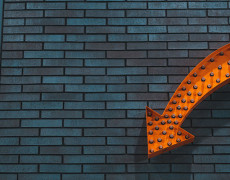
10 Jan 2024
Understanding the risks of the comedown

5 Jan 2024
Looking after your mental health

15 Dec 2023
Tips for a safer night out

12 Dec 2023
To mix it is to risk it
